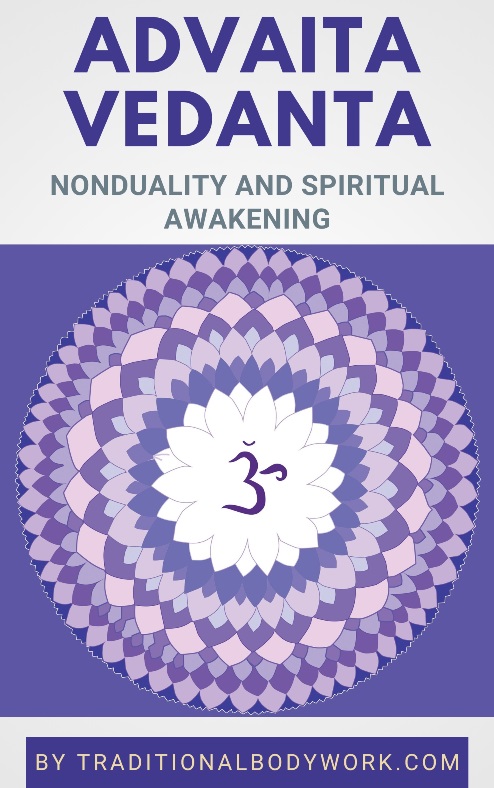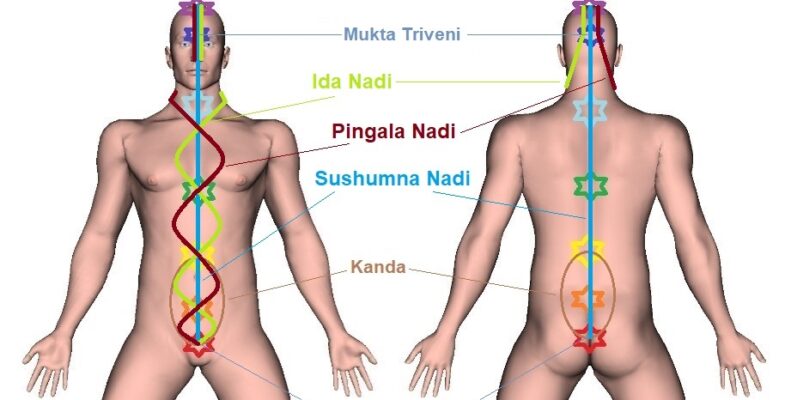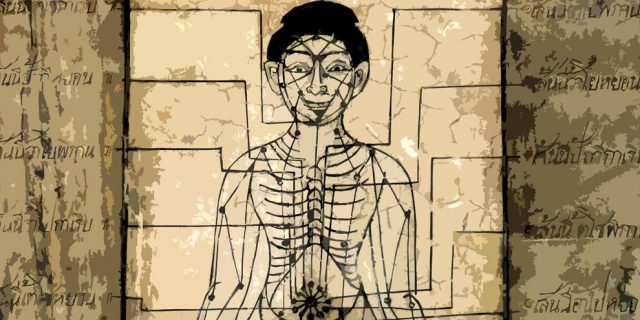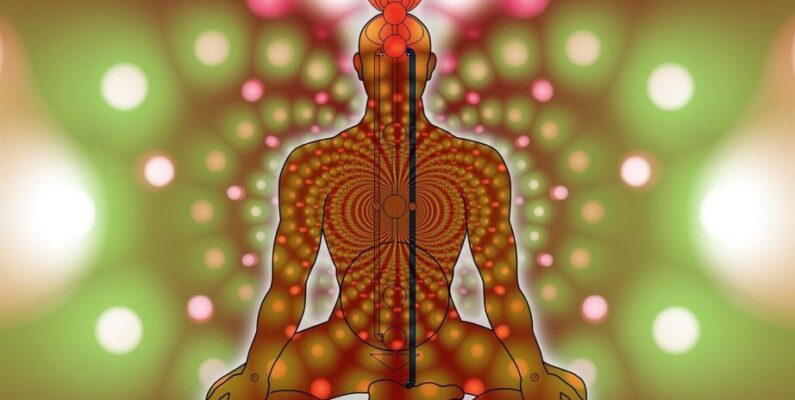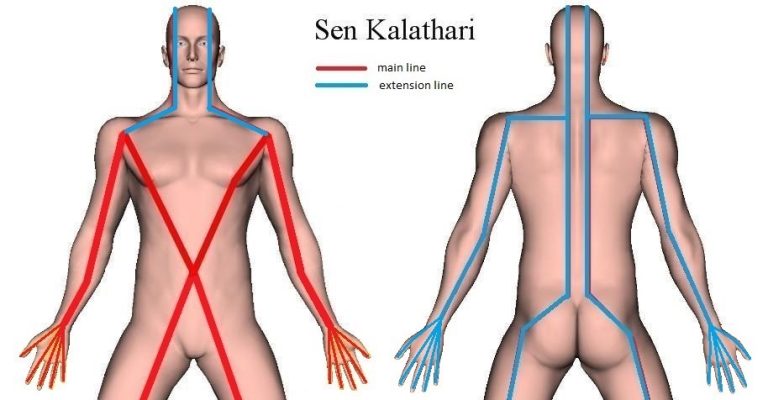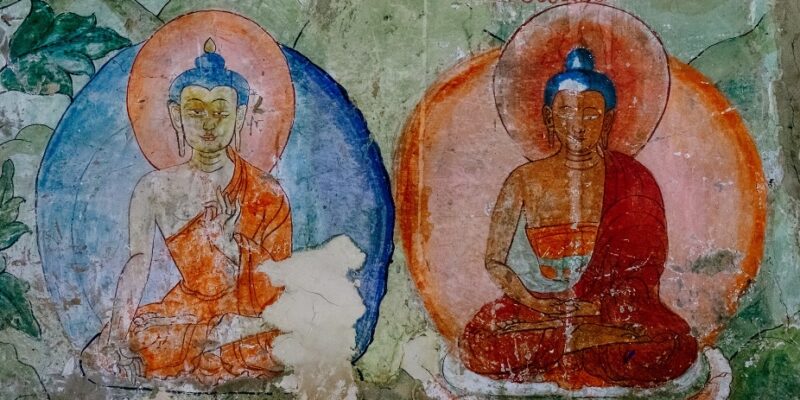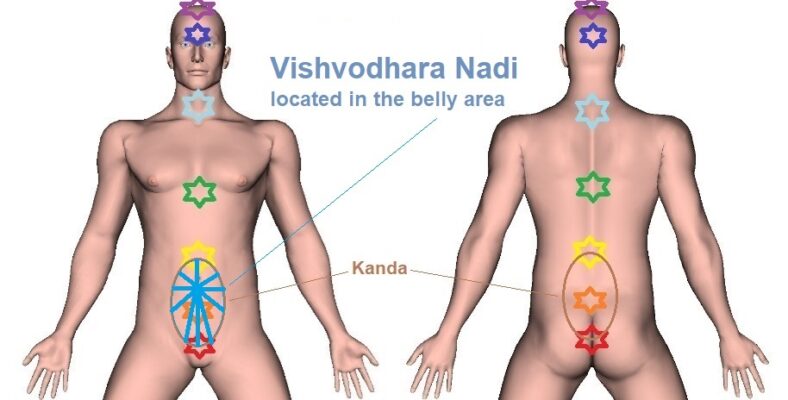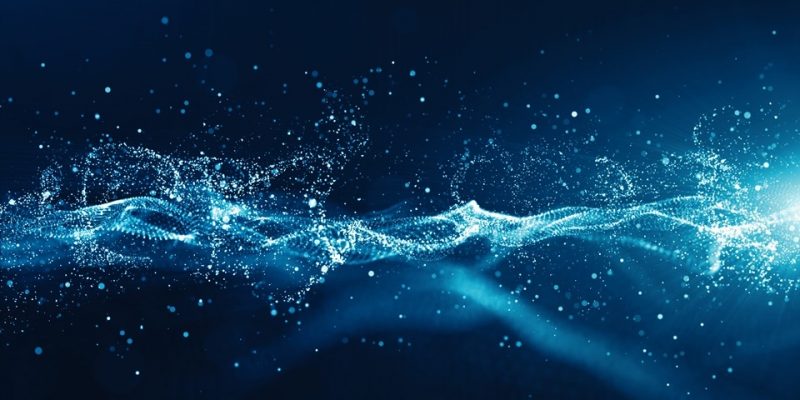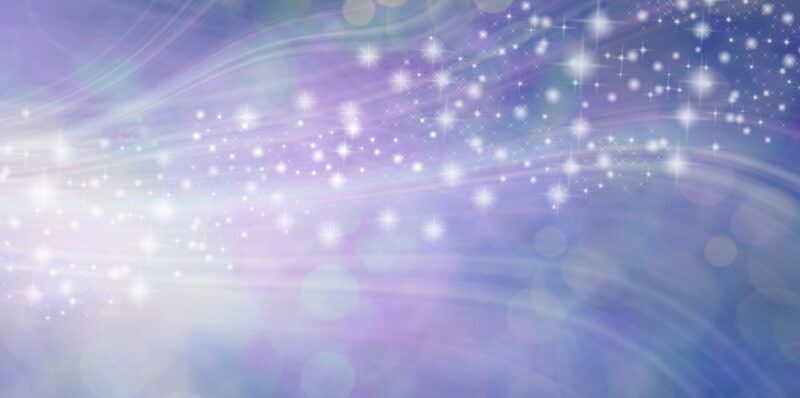
When you look at the fourteen major Nadis, you will notice that several of them are considered to be pairs, typically being regarded as supplementary, complementary, or opposite Nadis.

The “pairing” of Yoga Nadis is not just a coincidence or a random event, but derived from classical Yoga texts that represent them like that.
Nevertheless, the ancient texts are not always clear about which Nadis they consider pairs, except then for Ida Nadi and Pingala Nadi about which there’s pretty much unanimous consensus.
Further below, we’ll discuss the pairs, but keep in mind that we’ve taken those Nadis as pairs which today are commonly seen as such and/or are explicitly mentioned being so in authoritative Yoga texts. As already mentioned above, mind that there are other opinions of what exactly the proper complementary, supplementary, or opposite Nadi pairs are.
But okay, now let’s take a look at the pairs or twins we find in the principal Nadi set (the fourteen major Nadis):
Ida Nadi and Pingala Nadi
Ida and Pingala are situated to the left and right of Sushumna Nadi, being regarded as opposite but complementary Nadis.
That is, Ida Nadi, having its pathway endpoint in the left nostril, is considered to represent passive, female, Yin, lunar, Shakti, subjective, sat (being), night, and tamas (darkness, inertia, inactivity) qualities.
And Pingala Nadi, which has its endpoint in the right nostril, represents the opposite, balancing characteristics with regard to Ida Nadi, being active, male, Yang, solar, Shiva, objective, chit (consciousness), day, and rajas (passion, excitement, movement) qualities.
In Yoga, the efforts to achieve a proper balance of Ida and Pingala are important, because a perfect Ida-Pingala balance is considered to be the prerequisite for Sushumna Nadi to become fully active in order to conduct Kundalini Energy to the Crown Chakra.
Gandhari Nadi and Hastijihva Nadi
Gandhari Nadi and Hastijihva Nadi are believed to regulate the function of sight, providing energy to the left eye and right eye respectively.
As such, they are considered a complementary pair or twin for our sight, each controlling another eye — left and right.
Yashaswini Nadi and Pusha Nadi
In many ancient Yoga sources, Yashaswini Nadi is mentioned together with Pusha Nadi.
Yashaswini is thought to have its termination point in the left ear, and Pusha in the right ear, although some classical scriptures mention exactly the opposite.
As such, they are considered a complementary pair for our hearing function, each controlling i.e. regulating another ear — left and right.
Further Thoughts
Of course, there’s a common idea within Yoga that the body needs to be “in balance,” and moreover, that the Nadis would structurally reflect this. In a more general sense, you’ll find that there’s a recurrent thought that Ida Nadi governs the left side of the body, and Pingala Nadi the right side.

Now, depending on what you read nowadays, some in the Yoga community have taken other Nadis as pairs, or some Nadis that are said to “support” or “complement” either Ida Nadi (the left side of the body) or Pingala Nadi (the right side of the body). As such, the other Nadis would pair up with either Ida or Pingala. Mind, however, that the classical scriptures are not explicitly mentioning other Nadis as pairs, except for the ones we’ve mentioned above.
But to give some examples. There are contemporary Yoga practitioners and teachers who claim that Hastajihva Nadi and Gandhari Nadi regulate parts of the left side of the body, as such being complementary to Ida Nadi, and all three together forming the left channel.
As the above, there are some who claim that Yashaswini Nadi and Pusha Nadi regulate parts of the right side of the body, as such being complementary to Pingala Nadi, and all three together forming the right channel. Additionally, you’ll find statements about Payaswini Nadi also being a complimentary Nadi to Pingala.
The thing with the examples above is that sometimes a particular location or trajectory may be deducted from the readings in a certain classical text, but only if one would apply a certain extrapolation or wishful imagination. If one wants to be objective, just taking one or two statements from one or two ancient Yoga texts as representing the “truth” is too limited. One needs to study all or at least quite a respectable number of classical Yoga texts to come to an acceptable statement.
My experience here is that, as we’ve demonstrated in our book Yoga Nadis Energy Channels, that it’s far from clear what exactly the trajectories, locations, intermediary points and endpoints for the Nadis are. Many pathways are debatable, and even those of Ida Nadi and Pingala Nadi, two of the best studied and described Nadis, are arguable, and much depending on what texts or scriptures one refers to.


